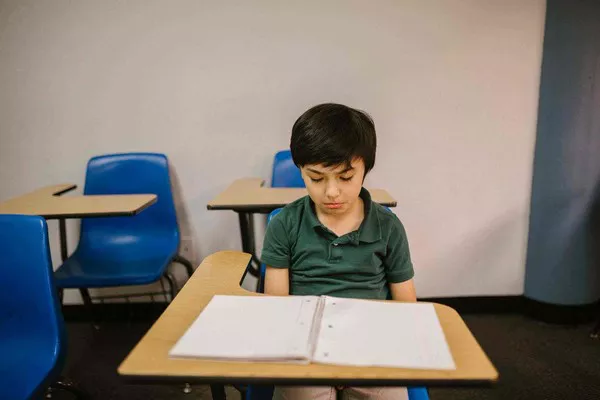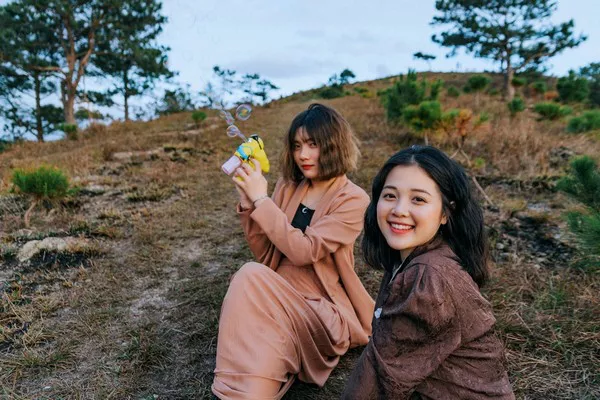Friendship is a treasure that enriches our lives, providing companionship, support, and shared experiences. Building a lasting friendship is a meaningful and fulfilling endeavor that requires time, effort, and intentionality. In this comprehensive guide, we will explore practical strategies and valuable insights on how to build a lasting friendship, emphasizing the significance of genuine connections and the enduring benefits of strong, meaningful bonds.
Understanding the Essence of Friendship
Friendship is a unique and multifaceted relationship characterized by mutual affection, trust, and shared experiences. It goes beyond mere acquaintanceship, involving a deeper connection that contributes to the well-being of individuals involved. A lasting friendship is built on a foundation of trust, understanding, and a genuine appreciation for each other’s uniqueness.
In cultivating lasting friendships, it’s crucial to recognize that friendships, like any meaningful relationship, require nurturing and care. The journey of building a lasting friendship involves intentional efforts to create a supportive and positive environment where individuals can grow together, share joys and sorrows, and navigate the complexities of life as genuine companions.
Building Trust: The Bedrock of Lasting Friendships
Trust is the bedrock upon which lasting friendships are built. Establishing and maintaining trust involves consistency, reliability, and open communication. Friends who trust each other create a safe space where vulnerabilities can be shared without fear of judgment or betrayal.
To build trust in a friendship, prioritize honesty and transparency. Be authentic in your interactions, share your thoughts and feelings openly, and actively listen to your friend’s perspectives. By fostering a trustworthy environment, you lay the groundwork for a lasting friendship where both individuals feel secure and valued.
Investing Time and Effort
Building a lasting friendship requires a significant investment of time and effort. Meaningful connections don’t happen overnight; they develop gradually as individuals spend quality time together, share experiences, and create lasting memories.
Allocate time for regular interactions, whether it’s through in-person meetings, phone calls, or virtual conversations. Consistent communication is essential for strengthening the bond of friendship and maintaining a sense of connection, especially in the face of busy schedules and life’s demands.
See Also: What is a meaningful friendship?
Shared Experiences and Quality Time
Shared experiences play a pivotal role in building lasting friendships. Engage in activities that both friends enjoy, fostering a sense of camaraderie and shared interests. Whether it’s exploring new hobbies, attending events together, or embarking on adventures, these shared experiences contribute to the depth and resilience of the friendship.
Quality time is a key component of building lasting friendships. Dedicate time to be fully present with your friend, actively participating in conversations and enjoying each other’s company. These moments of connection create a strong foundation for a lasting friendship, as they contribute to the richness and intimacy of the relationship.
Effective Communication and Understanding
Effective communication is a cornerstone of lasting friendships. Establish open and honest lines of communication, where both individuals feel comfortable expressing their thoughts, feelings, and concerns. Actively listen to your friend, demonstrating empathy and understanding.
In times of disagreement or misunderstanding, approach communication with a spirit of understanding and patience. Clarify intentions, seek common ground, and be willing to compromise when necessary. Effective communication fosters mutual understanding, preventing misunderstandings from escalating and strengthening the bonds of friendship.
Navigating Challenges Together
No friendship is immune to challenges, but how these challenges are navigated can significantly impact the longevity of the relationship. Building a lasting friendship involves facing difficulties together, supporting each other through ups and downs, and finding constructive solutions to conflicts.
Approach challenges with a collaborative mindset, recognizing that overcoming obstacles is a shared responsibility. Seek resolutions that prioritize the well-being of the friendship, and learn from challenges as opportunities for growth. Navigating challenges together contributes to the resilience of the friendship and reinforces the idea that genuine companionship endures through adversity.
Celebrating Achievements and Milestones
Celebrating each other’s achievements and milestones is an essential aspect of building a lasting friendship. Take joy in your friend’s successes, whether they are personal or professional. Acknowledge milestones, such as birthdays, graduations, or career accomplishments, to show that you value and appreciate their journey.
Expressing genuine happiness for your friend’s achievements strengthens the positive aspects of the friendship. By actively participating in their joys, you contribute to a supportive environment where both individuals feel seen and celebrated. This mutual celebration creates a bond that weathers the test of time.
Cultivating Mutual Respect
Mutual respect is a foundational element of lasting friendships. Respect involves acknowledging and appreciating each other’s boundaries, opinions, and individuality. Friends who cultivate mutual respect create an atmosphere where differences are embraced, and each person feels valued for who they are.
Respectful communication, both in words and actions, reinforces the importance of each individual within the friendship. Avoid judgments, actively listen, and be mindful of your friend’s feelings. Cultivating mutual respect fosters an environment where both friends can thrive as unique individuals within the context of the friendship.
Balancing Independence and Togetherness
A lasting friendship strikes a delicate balance between independence and togetherness. While it’s essential to share experiences and create meaningful memories together, it’s equally important to respect each other’s need for personal space, individual pursuits, and independence.
Allow room for personal growth and encourage your friend to pursue their passions and goals. Understand that both individuals in the friendship have unique identities and lives beyond the relationship. Balancing independence and togetherness contributes to a healthy and sustainable friendship that evolves alongside each person’s journey.
Expressing Gratitude and Appreciation
Expressing gratitude and appreciation is a simple yet powerful practice that strengthens the bonds of lasting friendships. Take the time to acknowledge and express gratitude for the positive impact your friend has on your life. Share specific qualities or actions that you value and appreciate.
Regularly expressing gratitude reinforces a positive atmosphere within the friendship, where both individuals feel acknowledged and cherished. This practice contributes to the overall well-being of the relationship, enhancing the sense of connection and fulfillment for both friends.
Forgiving and Letting Go
No friendship is perfect, and misunderstandings or disagreements may arise. Building a lasting friendship involves the capacity to forgive and let go of past grievances. Holding onto resentment can erode the foundation of the relationship, hindering its potential for growth and longevity.
Practice forgiveness as a way to release negative emotions and move forward. Approach conflicts with a willingness to understand and forgive, recognizing that everyone makes mistakes. By cultivating an environment of forgiveness, lasting friendships can withstand challenges and continue to flourish.
Adapting to Change and Growth
Friendships, like individuals, undergo changes and growth over time. Building a lasting friendship involves adapting to these changes and supporting each other’s personal development. Understand that interests, priorities, and circumstances may evolve, requiring flexibility and understanding within the friendship.
Embrace change as a natural part of the friendship journey. Allow space for personal growth and encourage your friend to pursue new endeavors. Adapting to change and growth ensures that the friendship remains dynamic and resilient, capable of withstanding the transitions that life inevitably brings.
Conclusion
In conclusion, building a lasting friendship is a transformative journey that involves trust, effective communication, shared experiences, and mutual understanding. Prioritize quality time, navigate challenges together, and celebrate achievements to strengthen the bonds of friendship. Cultivate a positive environment, express gratitude, and practice forgiveness to enhance the overall well-being of the relationship.
A lasting friendship is a dynamic connection that adapts to change, fosters personal growth, and endures the test of time. By investing time, effort, and intentionality, individuals can create and nurture friendships that become enduring sources of support, joy, and companionship throughout their lives.
Related topics:





























